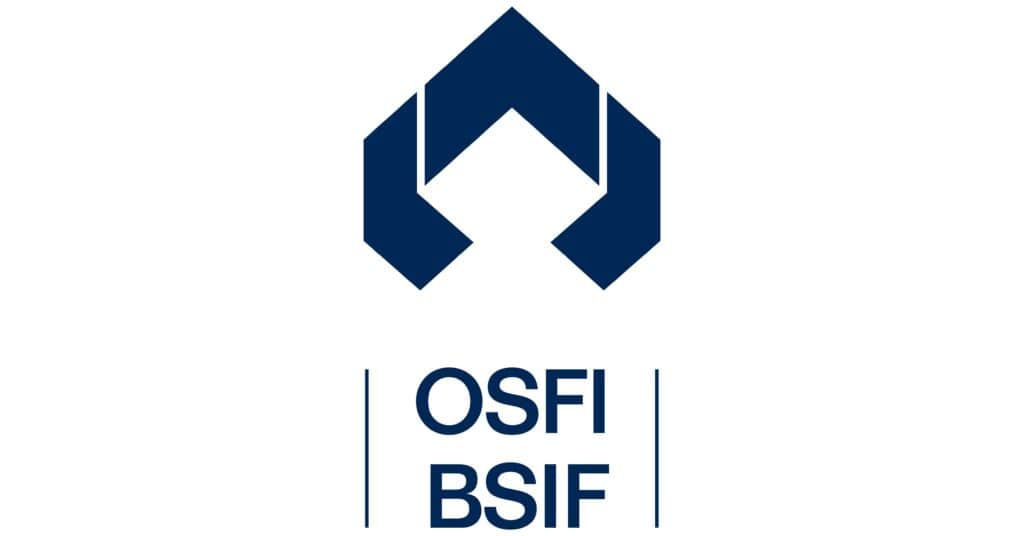Discover how a Canadian family achieved 239% returns using strategic...
Read MoreOSFI Eases Capital Rules to Boost Infrastructure Investment
The Office of the Superintendent of Financial Institutions (OSFI) is reducing capital requirements on life insurers’ infrastructure investments in a move aimed at unlocking more long-term capital for Canadian infrastructure projects
Lower Capital Charges for Infrastructure Investment
In a recent industry letter, OSFI announced that it has lowered the credit risk charge for unrated infrastructure debt from 6% to 3%. In addition, the market risk charge for qualifying equity investments has been reduced from 40% to 30%.
The move is designed to incentivize Canadian life insurers to allocate more capital toward domestic infrastructure — including energy, transit, and defence-related projects — without increasing overall capital burdens.
“Reduced capital requirements for Canada-based infrastructure projects implies that, all else being equal, a company can now hold more Canadian-based infrastructure projects for an equivalent amount of regulatory capital,” OSFI stated.
Policy Shift Aligns With Federal Infrastructure Push
The change supports the federal government’s broader push to accelerate infrastructure development in response to geopolitical trade challenges and rising defence expenditures. These initiatives increasingly depend on stable, long-term funding — a role institutional investors like insurers are well positioned to fill.
OSFI emphasized that the new capital treatment is expected to improve investment capacity for long-term Canadian projects, ultimately supporting national economic resilience.

LICAT Rule Changes Delayed Until After 2028
Alongside the capital adjustment, OSFI also announced it is pausing its next round of rule changes to the Life Insurance Capital Adequacy Test (LICAT).
Originally scheduled for consultation in 2026, the next LICAT review has been canceled, with OSFI citing a preference for regulatory stability and predictability.
“Maintaining the current stability of the LICAT framework will better ensure capital regulatory management,” the regulator said.
No changes to LICAT are now expected before 2028, and the regulator has pledged to give at least one year’s notice before restarting consultations
Insurers to Participate in Impact Studies
Although major rule changes are postponed, OSFI will move forward with quantitative impact studies (QIS) in the interim. These studies will help gather data on how insurers are adapting and where future regulatory guidance may be needed.
“We will continue to monitor the risk environment and adjust the capital framework as required,” OSFI noted

Implications for the Insurance and Investment Sector
This change comes at a time when many Canadian insurers are seeking stable, long-term investment opportunities that align with their asset-liability management needs. Infrastructure, particularly domestic projects, offers attractive yield potential with lower correlation to traditional market risks.
The lower capital charges also align with broader trends toward alternative investments within the life insurance sector, including private debt, real assets, and long-duration strategies.
Conclusion: A Strategic Boost for Long-Term Growth
OSFI’s policy shift reflects a strategic approach to balancing financial system resilience with economic development priorities. By reducing capital charges on targeted infrastructure assets and delaying regulatory changes, the regulator aims to give life insurers more flexibility to invest in the projects that will shape Canada’s future.
As insurers evaluate new opportunities, stakeholders across the public and private sectors will be watching closely to assess how capital flows respond to these regulatory incentives.
Learn more at aifinancial.ca
You may also interested in
Canadian Soldier Achieves 204% ROI with Investment Loan and Segregated Fund| AiF Clients
Zack, a Canadian soldier in his 40s, turned limited savings...
Read MoreFrom $100K to $520K: How a Millennial Actuary Couple Achieved a 154% Leveraged Return| AiF Clients
Discover how a millennial actuary couple used investment loans and...
Read MoreCan Non-Residents Invest in Segregated Funds in Canada?Hazel’s Journey with Ai Financial| AiF Clients
Hazel, a non-resident mother in Canada, invested CAD $200,000 across...
Read MoreFrom Anxiety to Empowerment: How a Mom of 3 Gained $67K in 20 Months | AiF Clients
Zara, a working mom of three, turned $200K into $259K...
Read More




